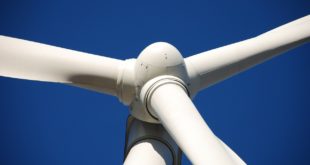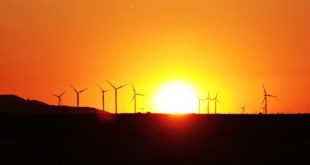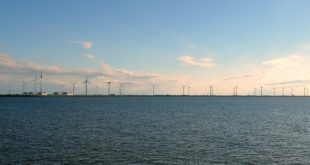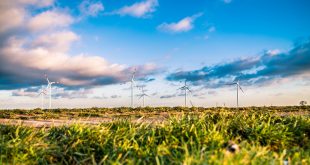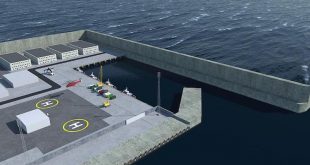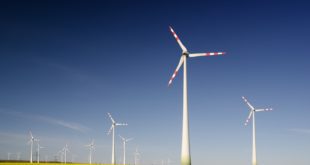Move over Boone Pickens. Wind energy information is finally bringing in some innovation. New products for Alternative Energy and it’s in Wind.
If you seem surprised at these changes, it probably because you just haven’t been used to seeing a lot of changes in the industry.
Seeing some good solid companies actually trying to tap wind energy in an unconventional way is almost breathtaking. I love it. More than that, I appreciate it.
Conventional wind farms are doing all they can just to organize their business efficiently and set up as many wind turbines as possible. The turbine business is dominated by a few giants turbine makers who can’t possibly keep up with demand. All they want to do is produce like crazy. Pump the machines out as soon as possible. The heck with original thinking.
If you are a wind developer, then you already know that you have to buy up anything that whines like a turbine, anything at all. With that situation, there’s little interest in the Vestas’s and the GE’s of the world to invest in the newest technologies in order to improve or even complement their existing business. They can’t even keep up with what they have.
Recently, Joshua Magee, who is an analyst with Emerging Energy Research, said that the focus in the wind industry right now is on implementation, not innovation.
Now having said that, we all know that the big companies tend to get a bit of big-company-itis, and they ignore coming innovation at their own peril. They may be the giants today, tomorrow they may need to move over and go sit in the shade.
Witness these three innovative companies who stepped up to the plate and hit a good one. Will they be home runs? I don’t know, but they are showing true grit for trying and God Bless,em, every one.
Greentechmedia ran a story this past week called “A Balloon in The Wind (Market).” It’s an interesting story by a pleasant chap named Tyler Hamilton. He talks about how Megenn Power hopes to prove its airship technology. It seems this Canadian upstart (remember when Microsoft was an upstart) wants dramatically to shift how wind energy is captured.
The system carries the acronym MARS, and it is a
“ground- tethered and oddly designed blimp that generates electricity by spinning on its horizontal axis in the wind. Rivard (company owner), during a cell-phone interview at the test site, described it as a floating white sausage mounted with riverboat blades.”
Greentechmedia, June 14, 2008.
This airship is designed to float on the wind between 600 and 1000 feet. The company explains that when fully commercialized, the airship will have power capacities ranging from 10 kilowatts to several megawatts.
Good job, folks. More power to ya.
And speaking of more power, look to Nevada-based Mariah Power for a propeller-free turbine. CEO Mike Hess uses a 30 foot tower that has a two foot radius. He claims that in a twenty year life span, the turbine will bring electricity cost down to 12.4 cents per kilowatt-hour compared with 22.6 per kilowatt-hour for propeller systems and 36 cents for solar powered systems.
The company reveals an electronic braking system to keep the turbine from spinning faster than 5,000 revolutions per minute, which is the maximum power generating point.
The company states that the “Windspire” will cost $3995. Installation will be another thousand.
Luck to you. They call the wind Mariah, indeed.
Another Greentechmedia article mentioned Southwest Windpower. The company has been around for 21 years, but until two years ago they focused on off-grid rural spots too isolated to be connected. They went after customers needing turbines for homes, sailboats, offshore oil platforms, and remote telecommunication sites.
They now have a new turbine, the Skystream, which is aimed at grid-connected buildings on at least 1/2 acre in areas rich in wind.
The company says that it specifically designed its Skystream in order to connect its 1.9 kilowatt system to the grid. It is now easier and cheaper to accomplish that. The company states that the turbine comes with the inverter, controls and all the other parts needed to join right into the grid.
“According to the data sheet, the turbine can pay for itself in as little as five years, depending on the tower and installation costs, wind speed average, rebates, and local electricity costs.” Greentechmedia, June 14, 2008.
The world keeps on movin on. It won’t stop for any of us. Get on or get out of the way.
 Alternative Energy HQ solar power for homes, wind energy, and bio fuel issues
Alternative Energy HQ solar power for homes, wind energy, and bio fuel issues



